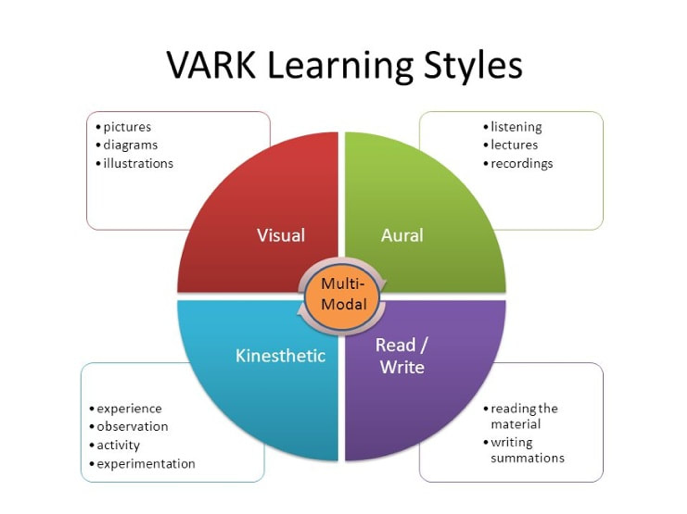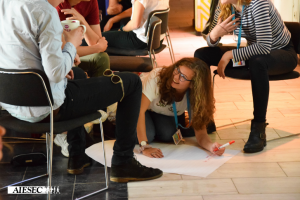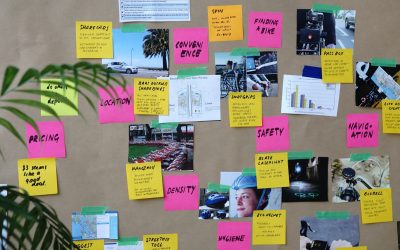How to engage your audience when holding a presentation
Most of us started giving presentations during our time in the education system. Whether it was in elementary school, or you held off until high school, we’ve all stood in front of a classroom once. When I had to give a presentation, I was never nervous, however, I did hate it. I knew only my teacher would be listening to me and that the class would only ask questions if a participation grade was given.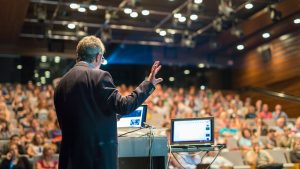
It all seemed quite useless to me until I went to an international conference where I learned how to host trainings, lectures, workshops, and whatnot.
During this conference, I became a certified trainer for AIESEC and was allowed to host sessions, facilitate a presentation and give workshops. Not only during my university classes, but also for student associations, companies, university events, and other conferences
Through the international Train the Trainers Conference (iTtT from now on) and experience I have learned that a presentation should be fun and interactive. I also realized that they have to be shaped like this because if people don’t have to learn something (e.g. to pass a test) they won’t make the effort until you trigger their attention and/or interests.
The theory of VARK – Learning Preferences
 The reality is that we all prefer to learn differently. Some prefer theory, others practice, others can only gather information with a video. However, the way to get the most complete transformation of something new is all 4 combined. Then everyone listening to you has their favourite way of learning incorporated at one point. But what does this look like?
The reality is that we all prefer to learn differently. Some prefer theory, others practice, others can only gather information with a video. However, the way to get the most complete transformation of something new is all 4 combined. Then everyone listening to you has their favourite way of learning incorporated at one point. But what does this look like?
There is a common theory on different learning styles, usually referred to as VARK,but you might know it as SAVI. VARK stands for the following; Visual, Aural, Read/Write, Kinesthetics (or Somatic, Auditory, Visual, Intellectual). It means we can learn in 4 different ways, and thus we can and should apply 4 different teaching styles during a presentation so that we can ensure that everyone has a chance to properly understand what you’re talking about. You can see examples of the different ways to engage your audience in the image below.
Let’s talk about PowerPoint
No power, no point.
When you’re working with PowerPoint, there’s often no power behind your message and thus no point. To see what I mean with this, I recommend you watch the amusing TedTalk How to avoid death by PowerPoint.
The visual is an aid, that you should add on to aurally – explain more than is on the slide, make sure that they are formed in such a way that if you’d only have the slide, you’d have no information. I prefer to keep it active and accumulate the audience’s contributions on flipcharts. Flip-charts in its own can make a session way more interactive than planned.
How to structure your presentation
Make people have to listen to you!
Throughout my experience, I have noticed that you need to gain the trust of your audience (especially when you’re young like me) by providing them with theory and facts. Encouraging them to take notes, quotes, but also lists often encourages this.
Additionally, there are many techniques to engage your audience. I enjoy doing an exercise at the beginning of explaining the theory that drives your point home. I’ll then structure it as the following;
-
Exercise to prove a point
-
Explain the theory
-
Link back to the exercise and drive your point home by debriefing it.
This often comes off as strong and engages the audience right away because you start by having them DO something. They cannot sit still in this method. And if you are afraid that they won’t participate, ensure that they are paired upwith someone to engage them. Most of the audience will then be wondering what the meaning was of the exercise and listen to you and why they were doing something ridiculous or silly or funny etc.
The exercise
Another option is to explain theory first, and then the exercise. The question I ask myself is always; What is the point of this exercise? If it is to drive a point home, I usually use the above method. However, if I want to have them practice with the theory I just explained to them, then I switch it up.
-
Explain the theory
-
Have them practice with an exercise.
Time for a practical example:
Now, this article has been quite theoretical, so to close it off, I’d like to give an example.
Once, I gave a training on how to give effective feedback. We started with a game: We were with about 30 people and hid a water bottle in a big room and one person who was waiting in the hallway had to try and find it. We did this 2 times. The first time we clapped and cheered harder as they got warmer (we gave feedback), the second time we completely ignored them (didn’t give feedback).
The theory
When I then started talking about the theory of feedback and explained the ‘’correct’’ way to them, they probably suspected what the exercise meant. I had them practice with the BIO methodto give feedback, as I walked around the room and explained the common mistakes and hard parts of the implementation. This allowed them to practice the technique and feedback to each other through some simple roleplay.
The debrief
When I then asked them, what was the meaning of the opening, they replied with ‘’with feedback you can adjust and retry and improve faster’’ (sure this was not the first answer but it was the accumulated answer).
As you can see, doing exercises does not only encourage practising the learned skills, encompasses multiple ways of learning, but it is also a strong way to drive your point home.
Engage!
In the end, there are a million different ways and exercises to engage your audience. What it boils down to is give them new and challenging, interesting information, engagethem, support what you say with facts and theory, and bring it not only in an auditory nor a written way, but engage your audience.
So, if you check these boxes, it’ll be hard to make your training boring.
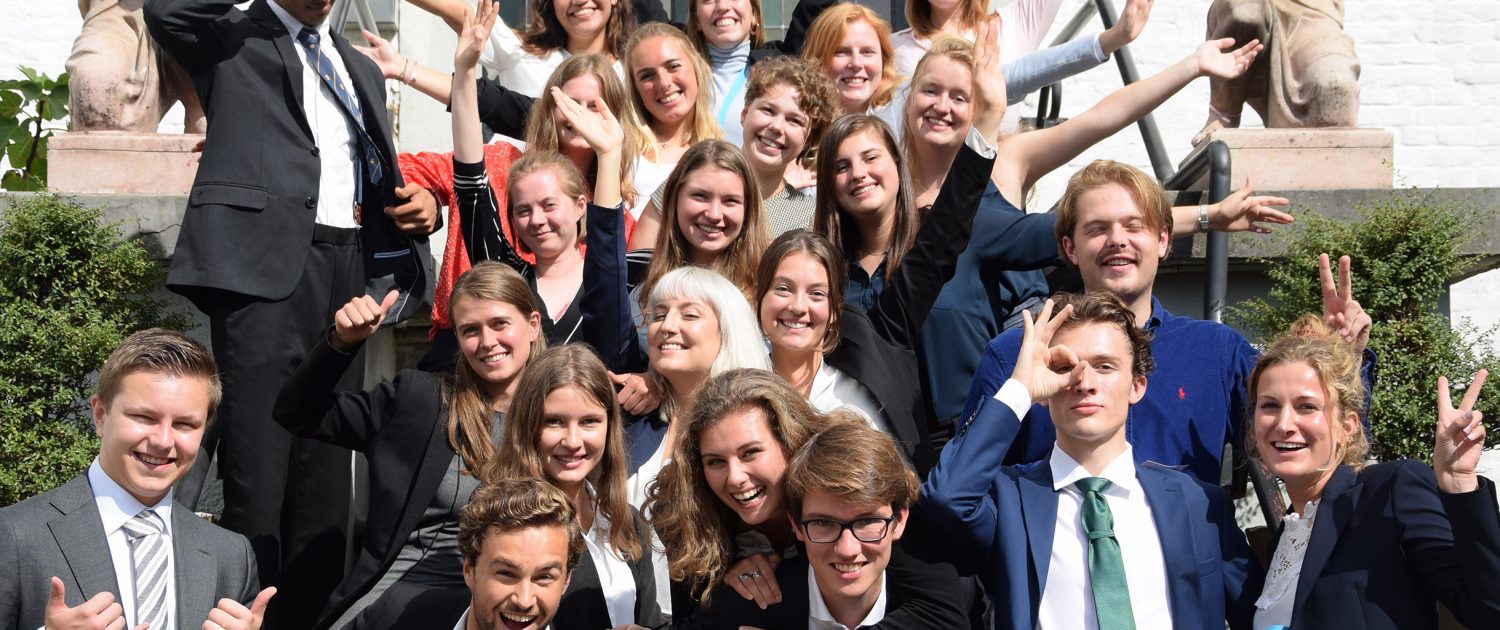
Sofie with her local committee during the AIESEC NL National Conference 2019. She was the president of AIESEC Rotterdam.
This post was written by AIESEC in the Netherlands. We offer international voluntary projects and professional internships with the aim of developing leadership in youth.

